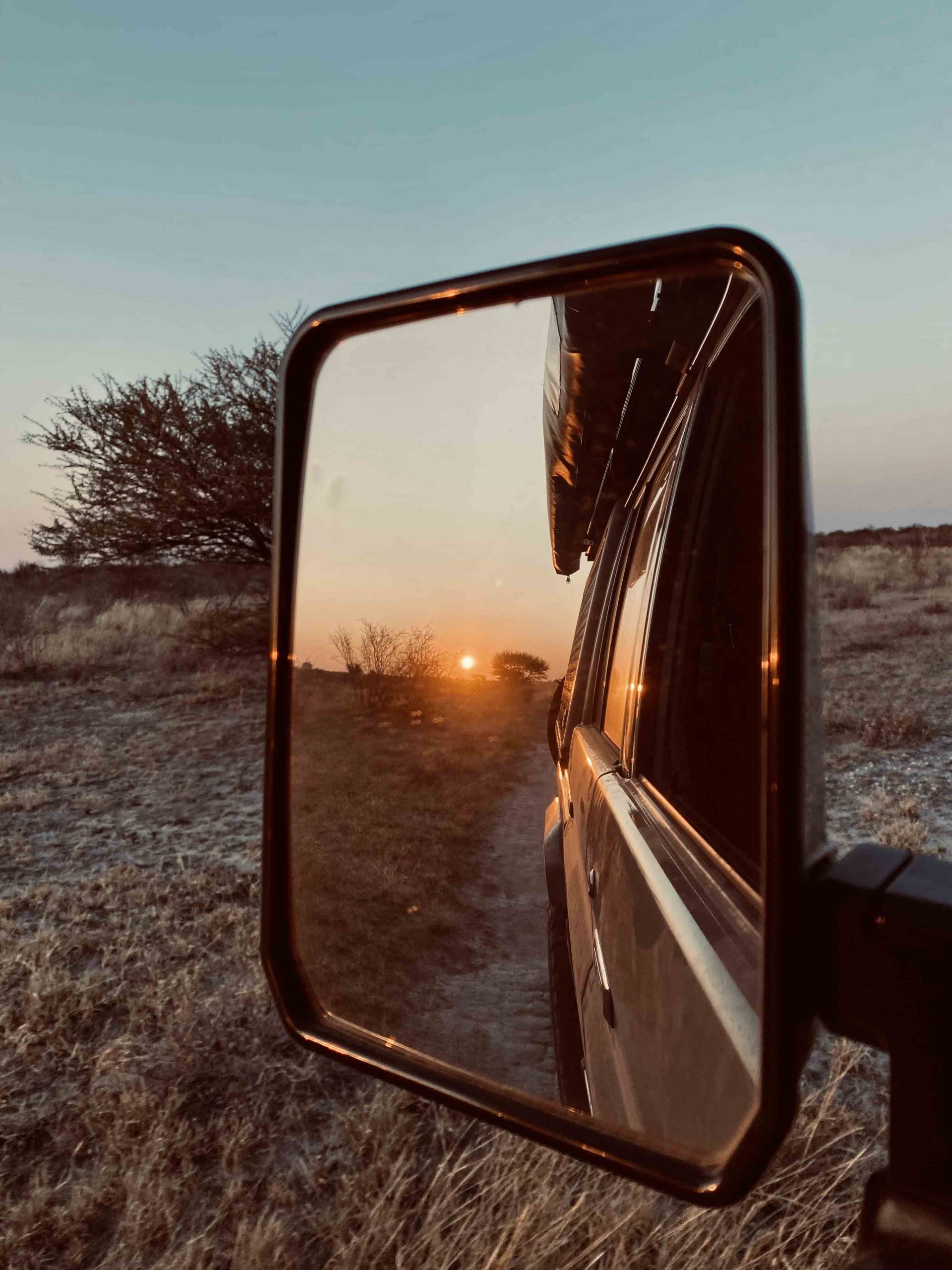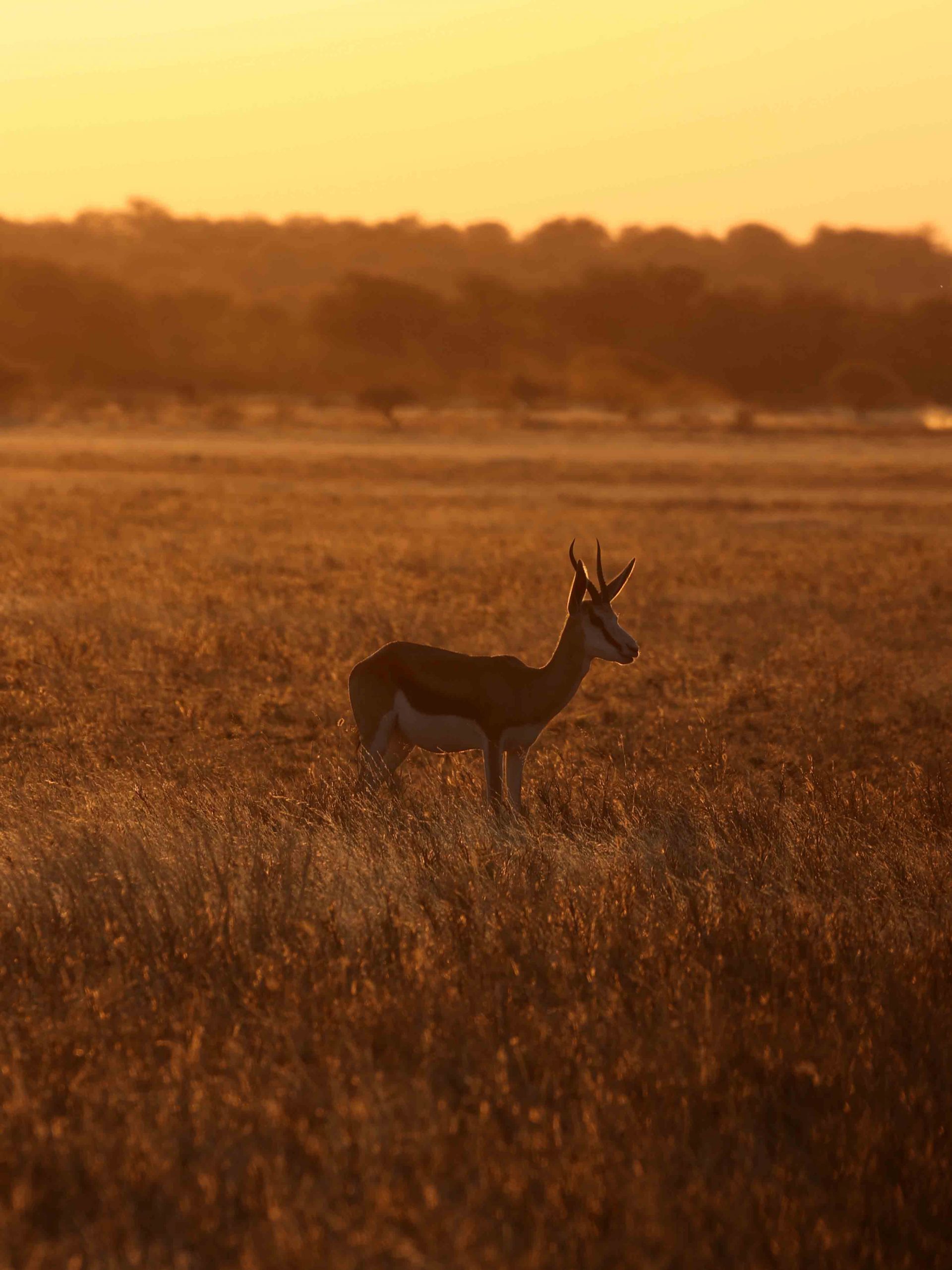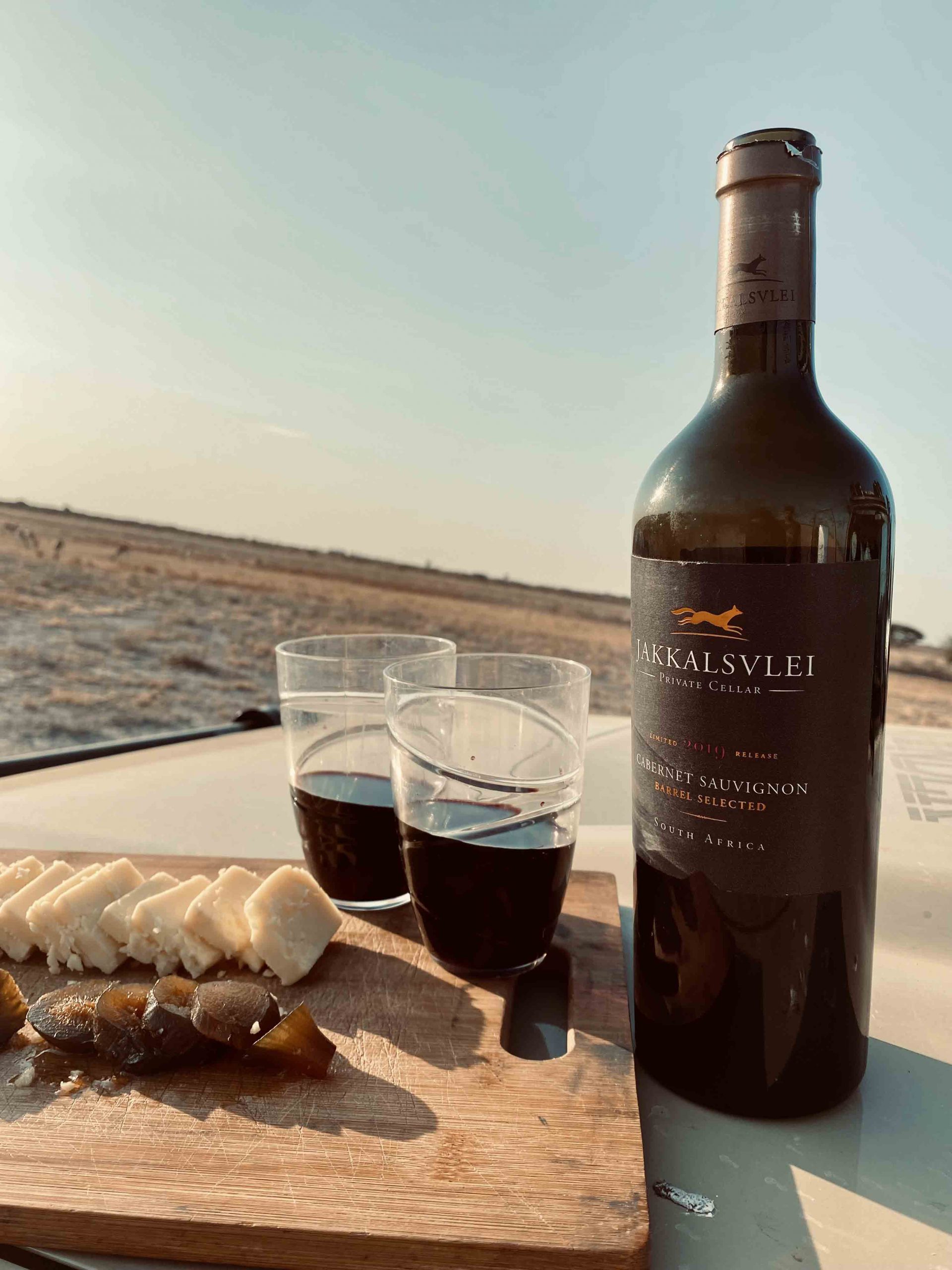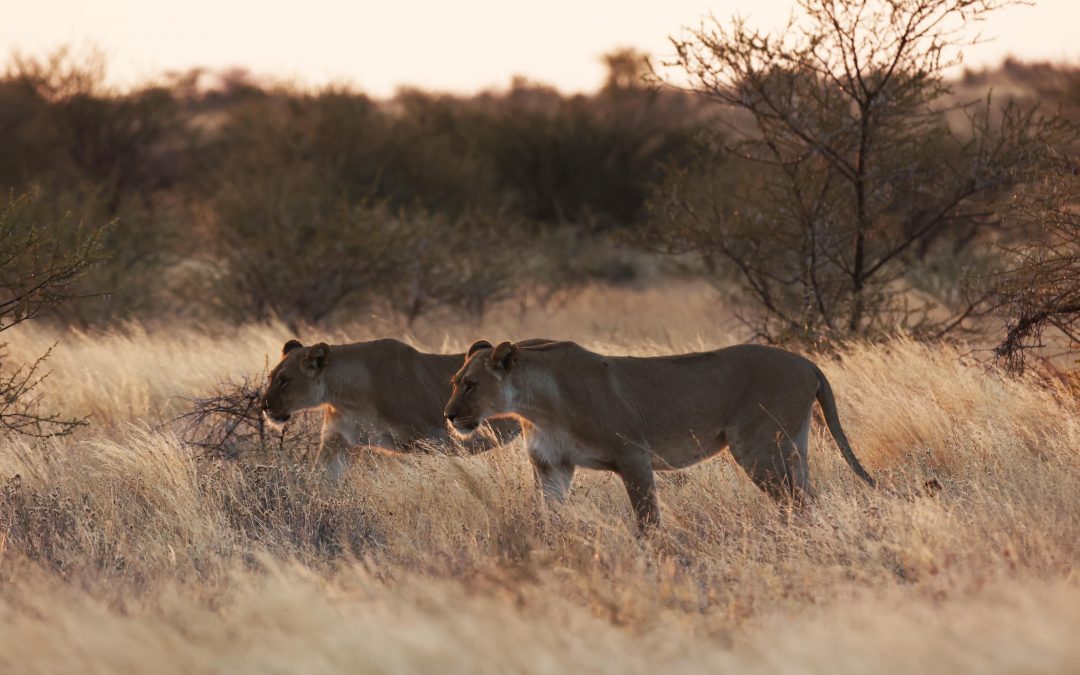‘Finish up your dinner, the lions will be here soon,’ I said with more confidence than I had. There comes a time when all the big talk of wild camping in the Kalahari is reduced to reality as it gets really dark and ominously quiet around the last glowing embers of the fire. We had chanced upon two beautiful lionesses late one afternoon at the Letiahau waterhole in the Central Kalahari Game Reserve and followed them as they came out to the sandy jeep track and walked straight towards our campsite. We had left them in the road at sunset to go set up camp after both displayed very cheeky and inquisitive (read scary) attitudes towards Baloo the Cruiser. Anyone who has seen hungry young lions after sunset will understand. After the new world record time for a beef potjie was set, we hastily crept into the rooftop tent which now seemed very low. We had seen how easily those two mischievous girls climbed a termite mound. If tracks are anything to go by in these parts, the lions stick to the roads and their road led straight to our campsite. The stage was set.
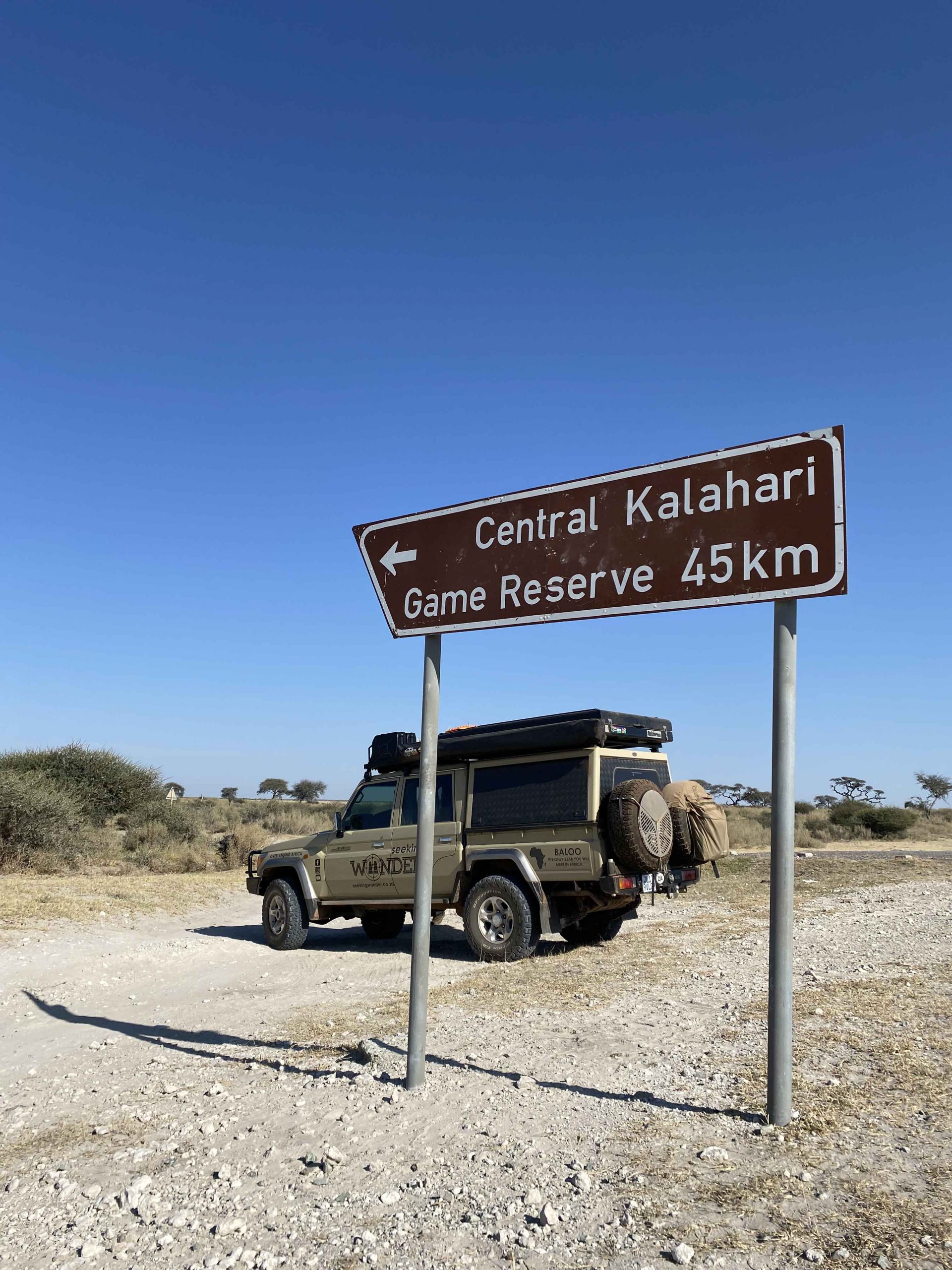
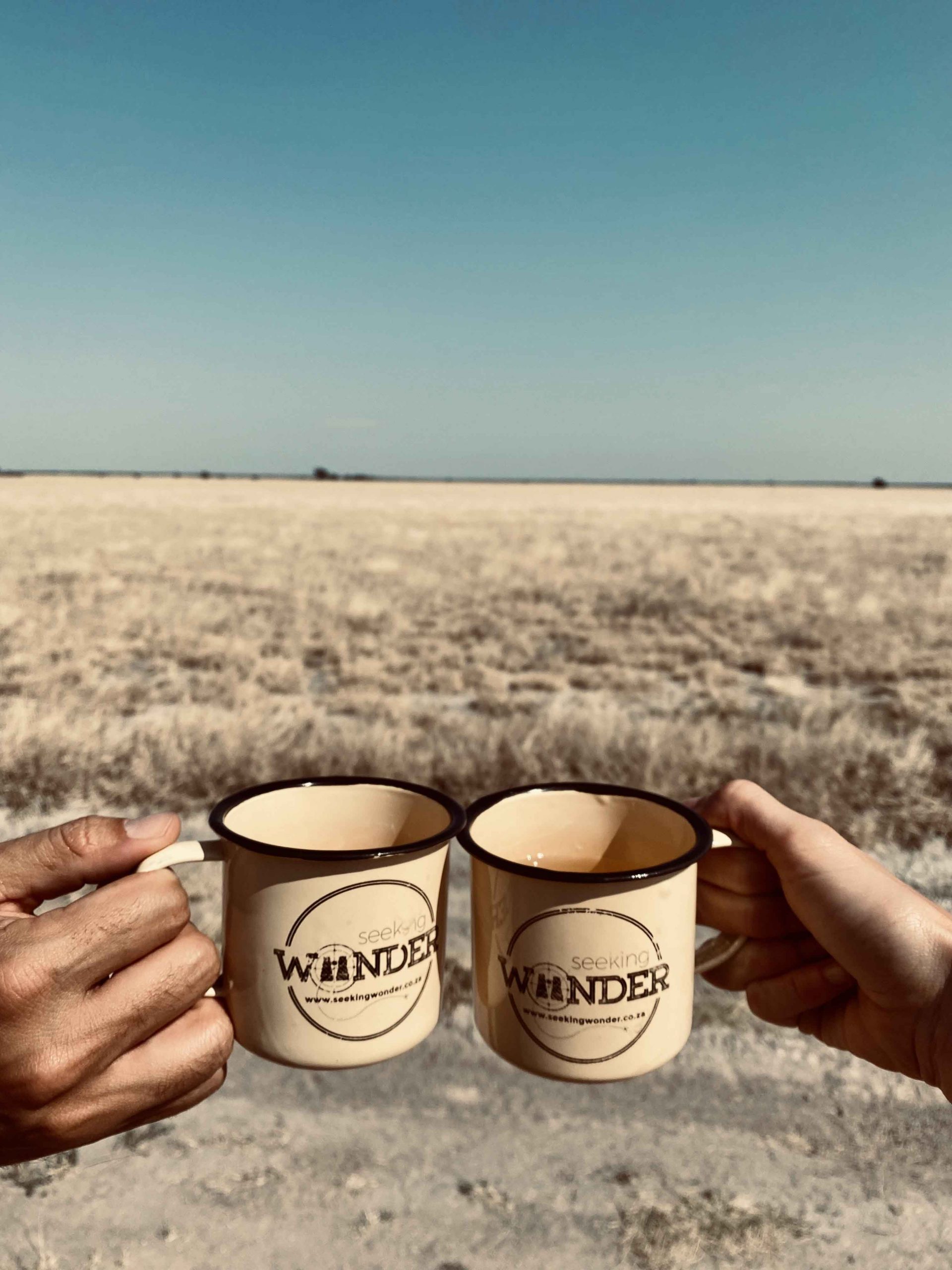
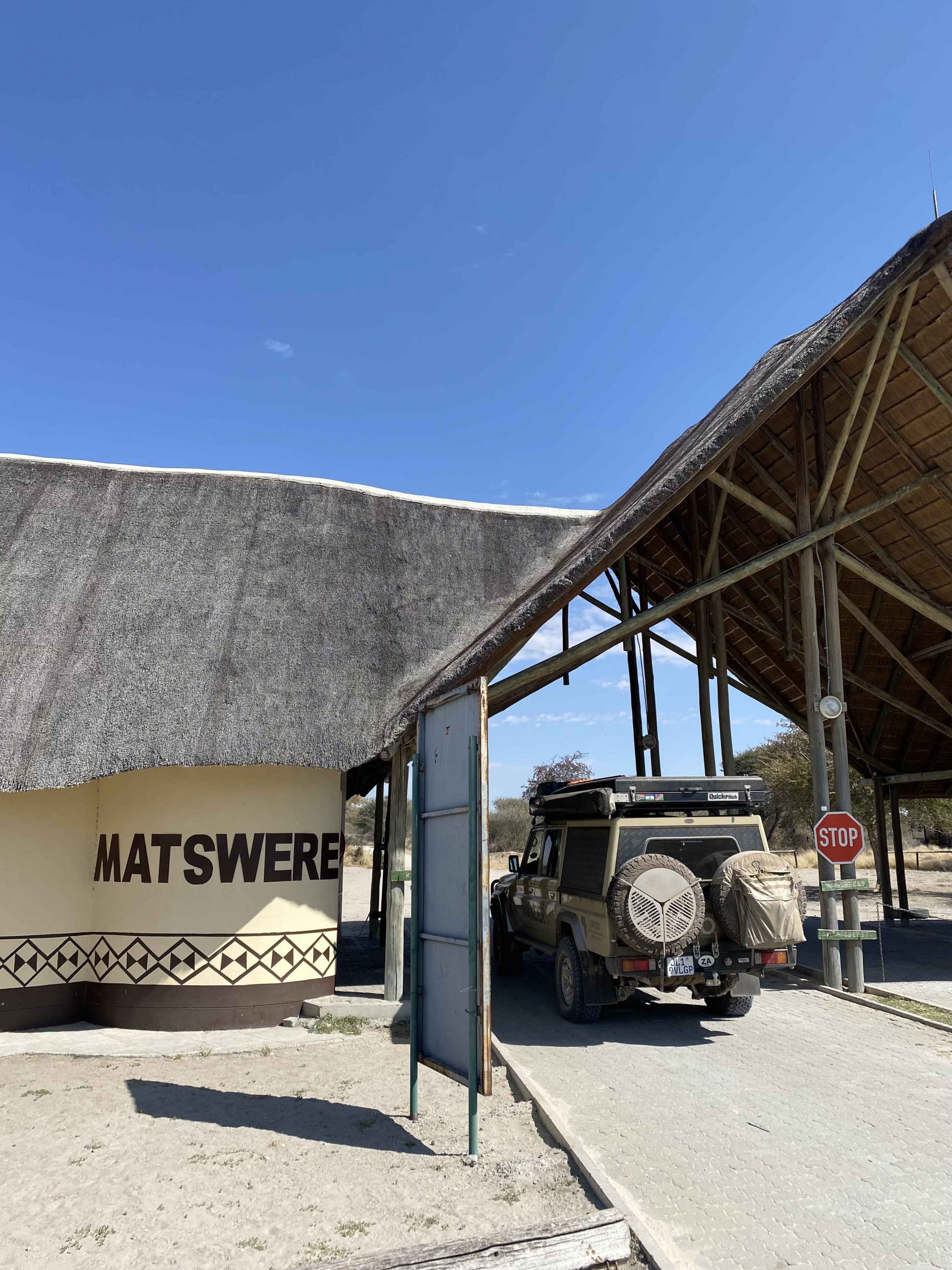
We had arrived in the CKGR five days prior. We had camped at Sunday pan, Passarge valley, and Deception valley, driving a full circle route of the popular Northern section of the park to where we were now at Letihau. The sheer scale of the CKGR is something that cannot be described in words. You can fit almost 3 Kruger Parks into it – it’s that big. In fact, it is the largest reserve in Africa, which is something to brag about if you ask us. Originally proclaimed in the 1960s to preserve not only the game but also the indigenous Basarwa bushmen’s traditional way of life and hunting grounds, this park is an absolute haven for free roaming and migratory animals.
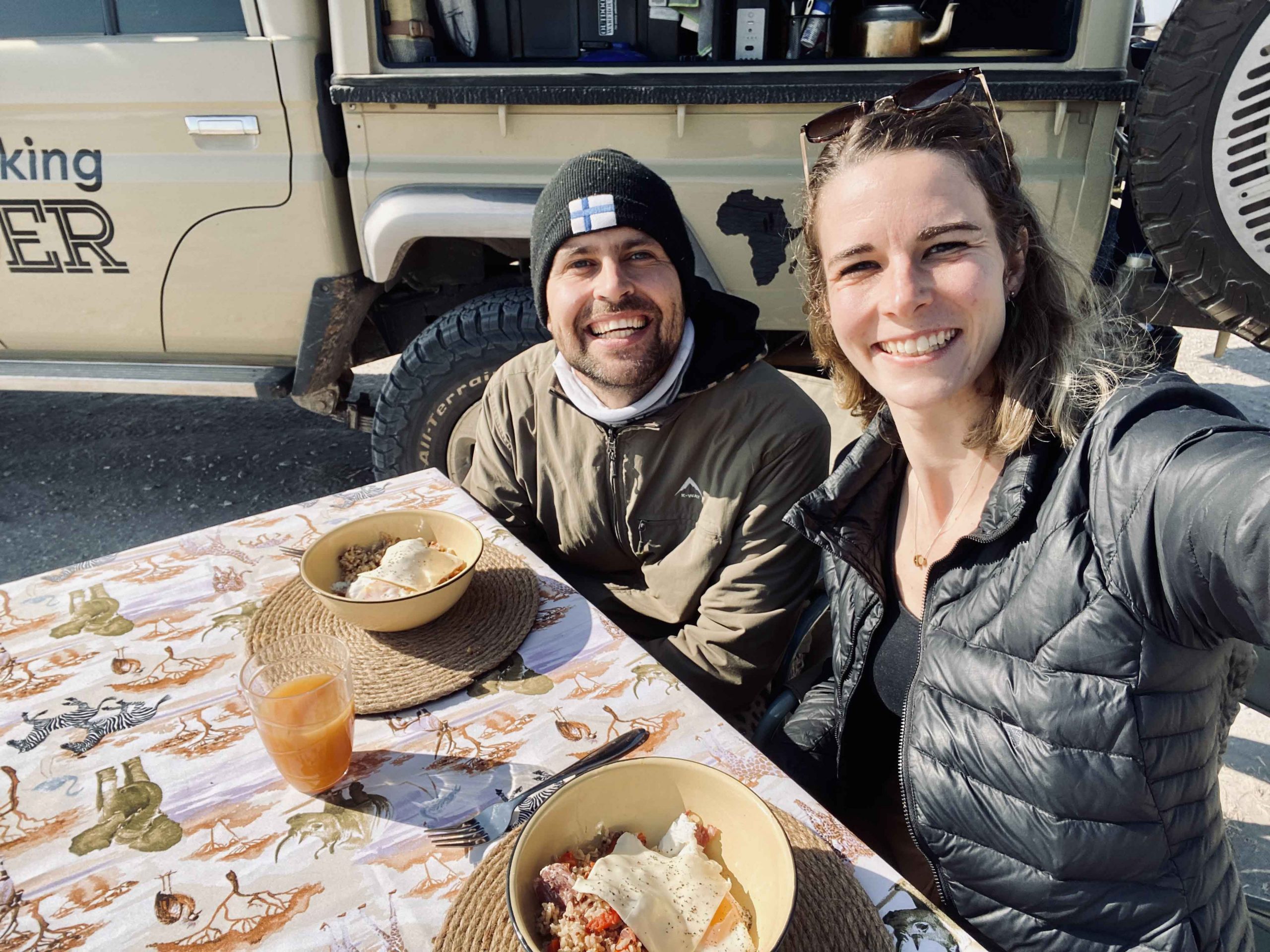
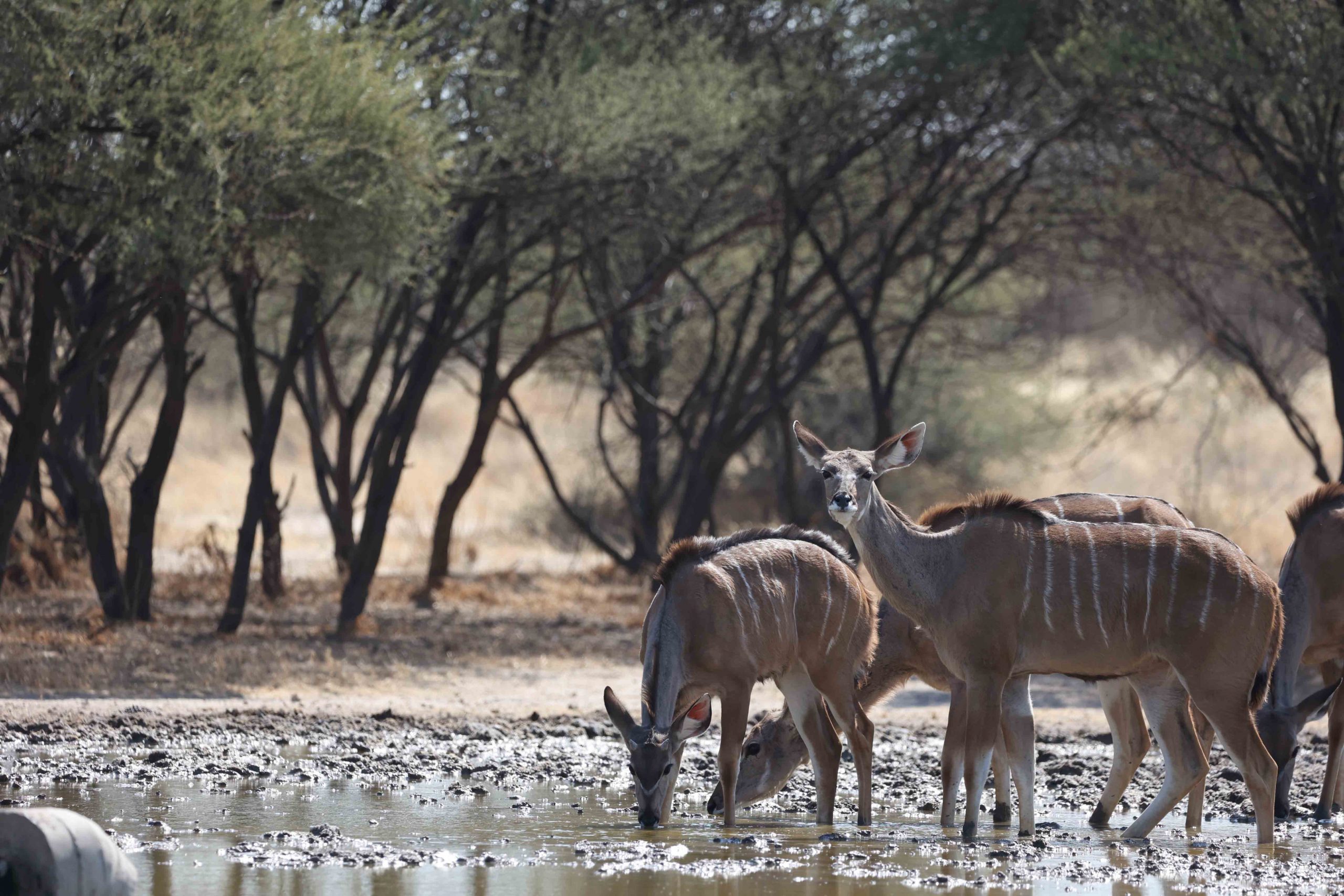
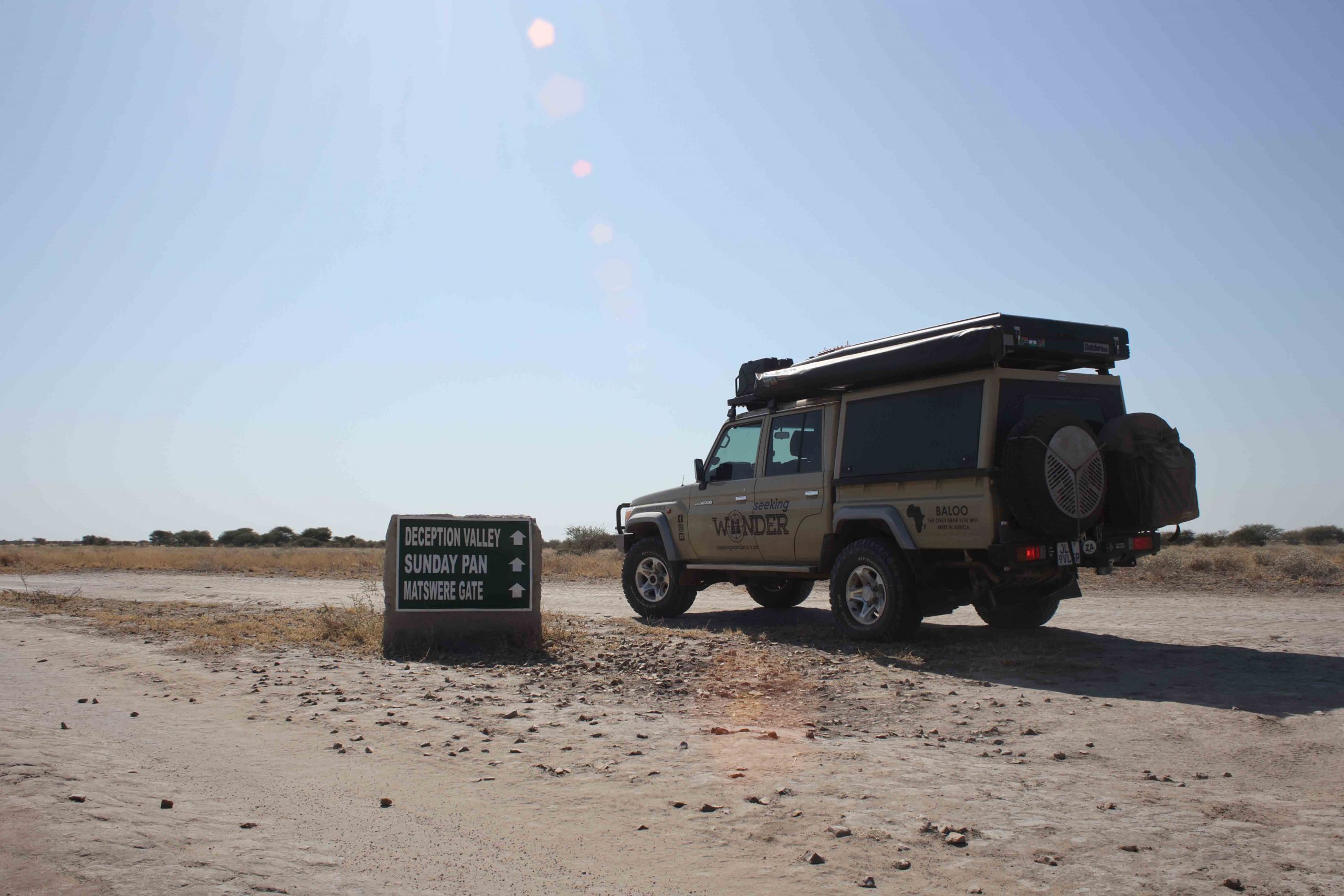
Much like its smaller cousin Mabuasehube, most of the action happens in and around the various large pans. There are also so-called valleys, which are essentially grass-filled pans stretching for miles in ancient dry riverbeds, almost like in the Kgalagadi. It is in one of these where Mark and Delia Owens wrote Cry of the Kalahari in the 1970s after spending seven years here doing research. And we thought our remote work setup was impressive!
Up before dawn, we spent our mornings chasing the sunrise, smelling the wet grass and searching for the wonderful creatures that call this place home. Much to our delight and surprise, we encountered African wild cat four times. These sly little felines look like domestic cats with raised suspensions and when spotted they stage an escape that will impress Houdini. A group of mobbing pipits and starlings showed us a pair of irritable honey badgers running in the tall grass one morning. These toughies do not like standing still for photos! Another highlight was when Simoné expertly spotted a stump-impersonating leopard from a country mile away, basking in the early morning sun while evaluating the lunch potential of every springbokkie in the pan.
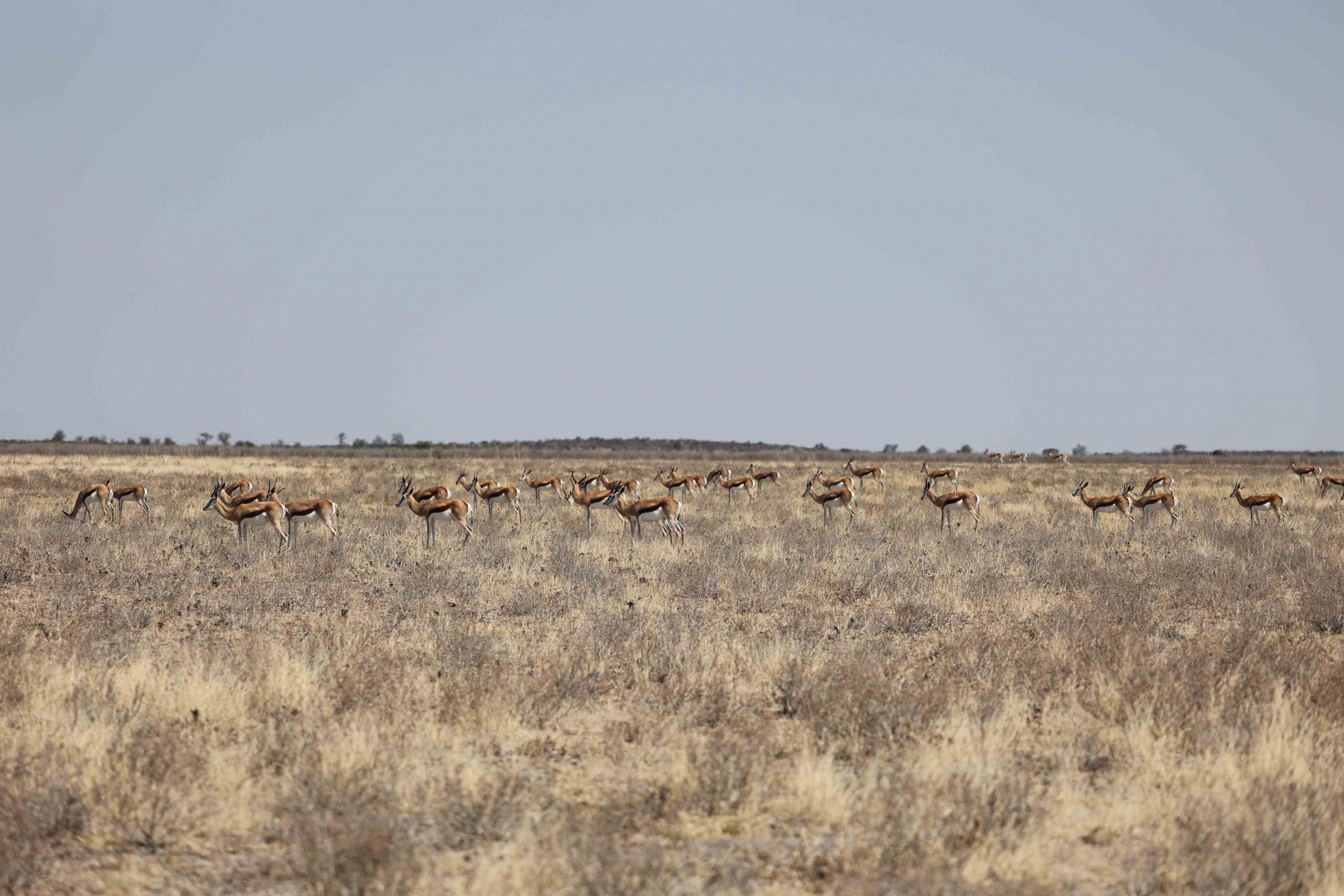
The smaller creatures and birdlife were equally wonderful. A double-collared courser with a chick, Burchell’s sandgrouse, countless hunting raptors, buffy and African pipits, fawn-coloured larks, blue and violet-eared wax bills, secretary birds and enough kori bustards and Northern black korhaans to last a lifetime. Bat-eared foxes were out and about in the mornings, working the pans with their bouncy furry gaits. Every evening the barking geckos reminded us why they are also called klipkappertjies. Our personal highlight came in the form of an elusive little aardwolf resting in the pan late one afternoon. A shout out of thanks to the kind black-backed jackal that pointed us in the aardwolf’s direction, otherwise we would never have spotted it.
The park’s facilities, or rather the intentional complete lack thereof, keeps it wild and wonderful. The sense of remoteness starts hitting home when the gate guard simply says ‘see you in a week’ and off you go into the bush past a tattered old sign stating Xade Gate: 280 km. The roads were not too bad, although it will be a completely different story in the wet season, judging from the lunar landscape tracks left by summertime Cruisers ploughing like John Deeres.
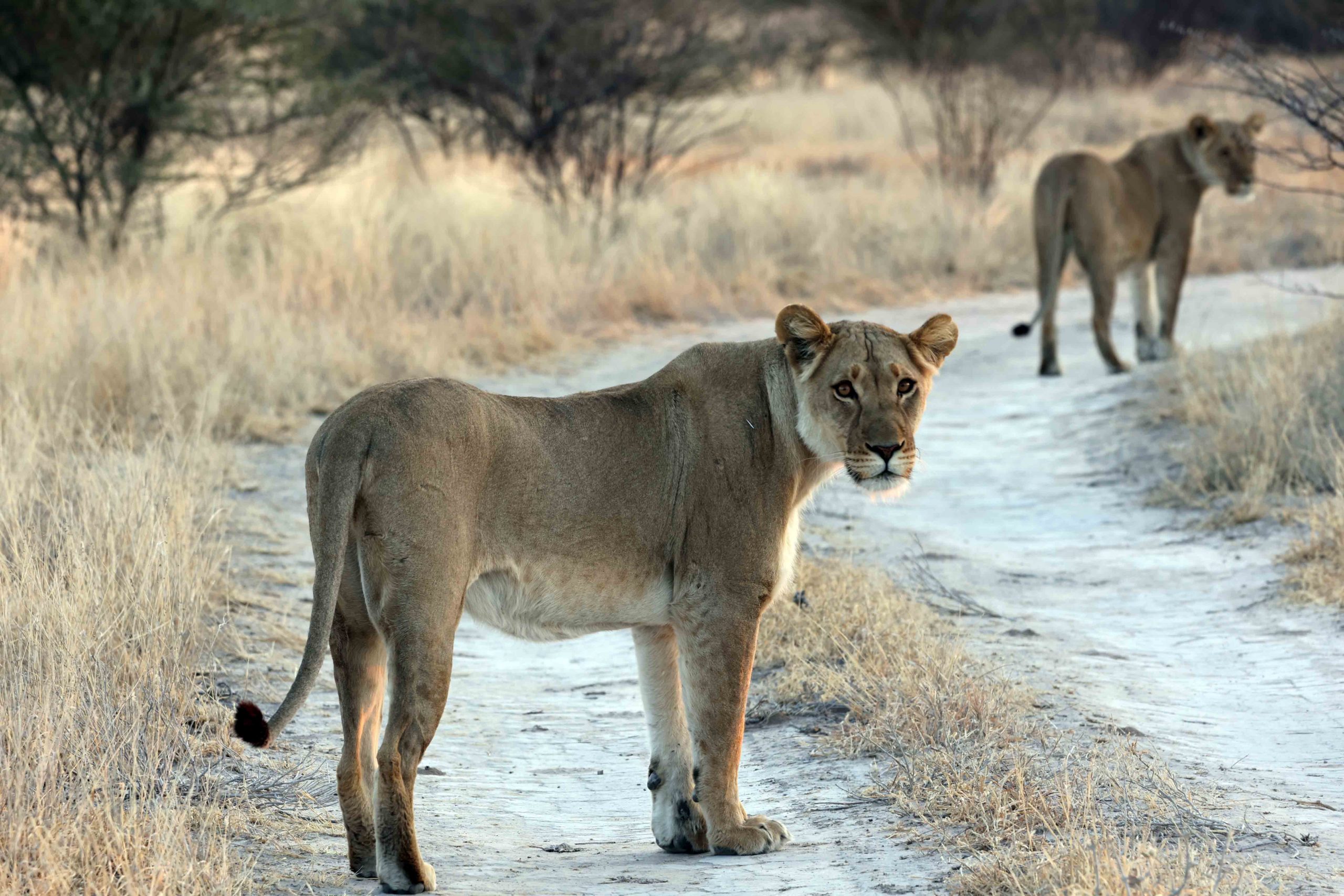
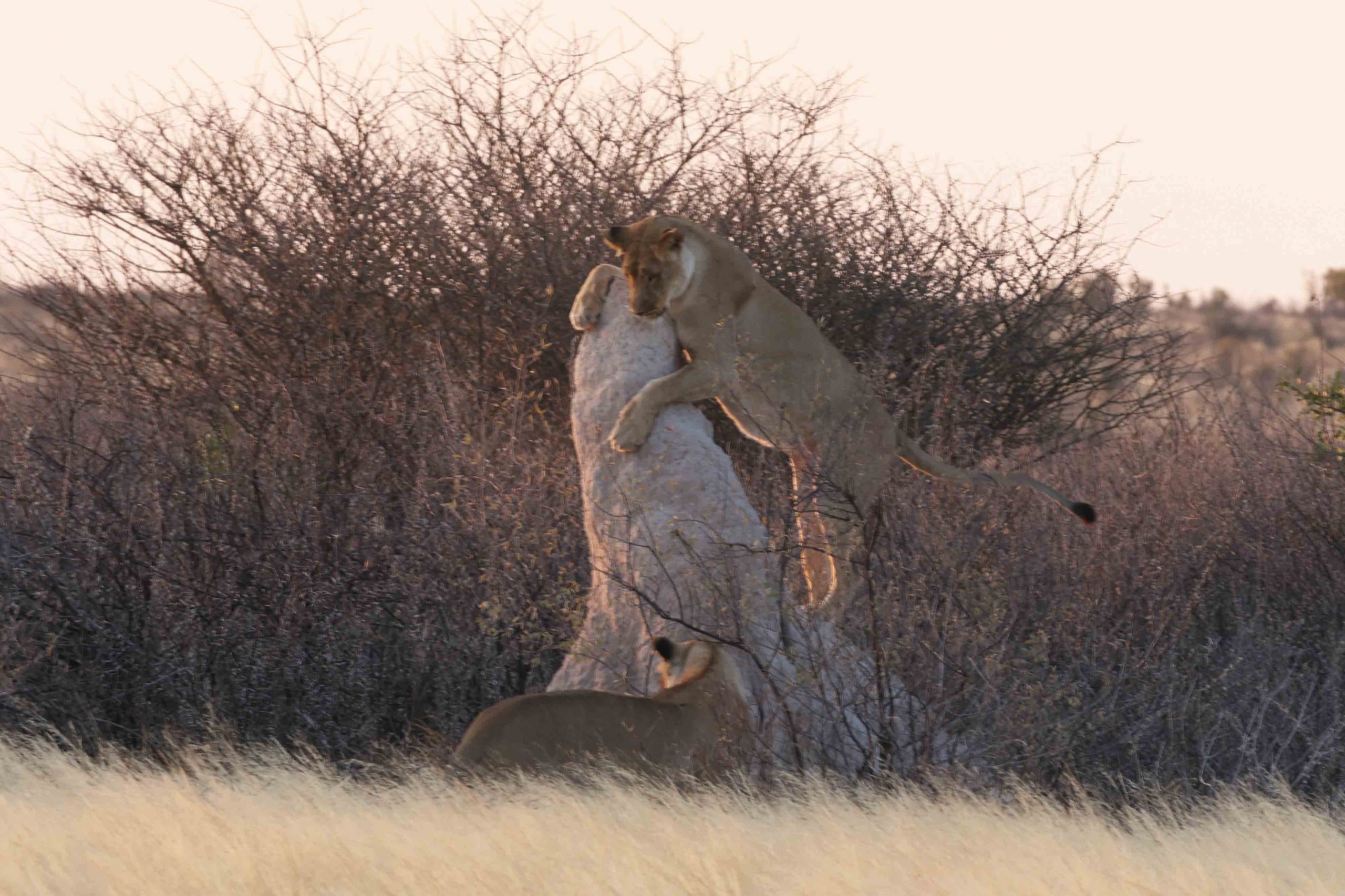
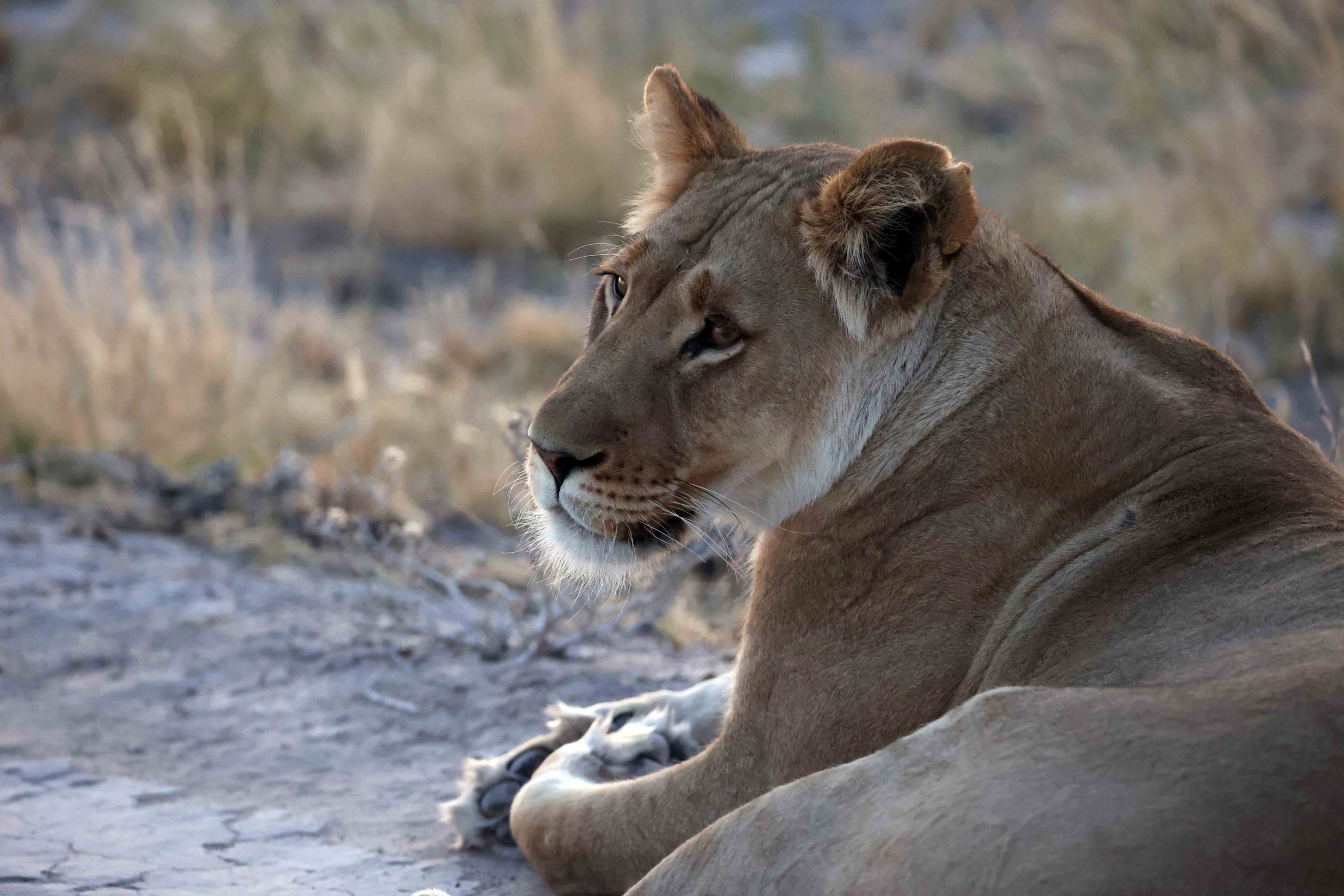
So did the large tawny cats turn up, sniff around curiously or bump the tent and steal the show like many sensation-driven stories and memories? Maybe, maybe not. But when we consider the real centre stage of collective magical experiences we had in the Central Kalahari this past week, perhaps it simply does not matter.
